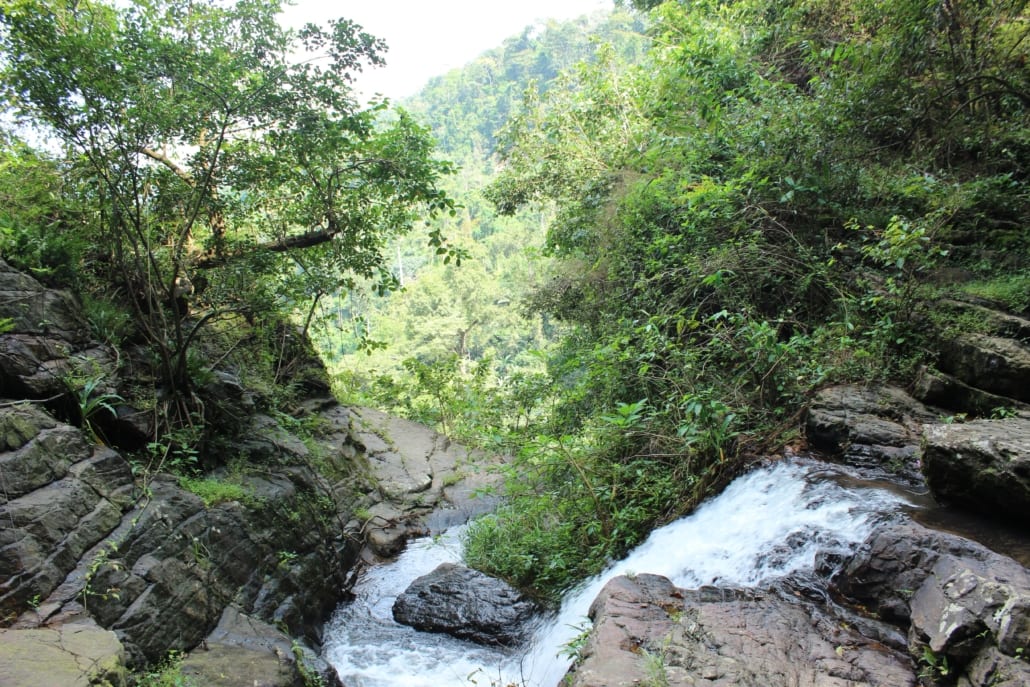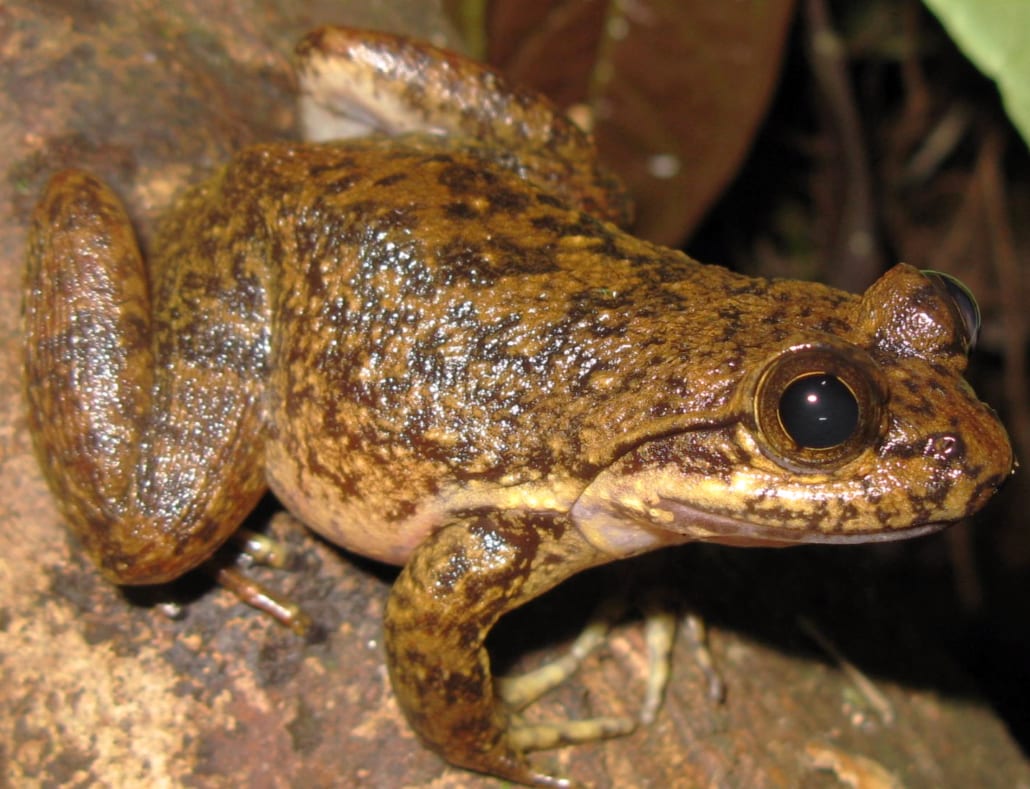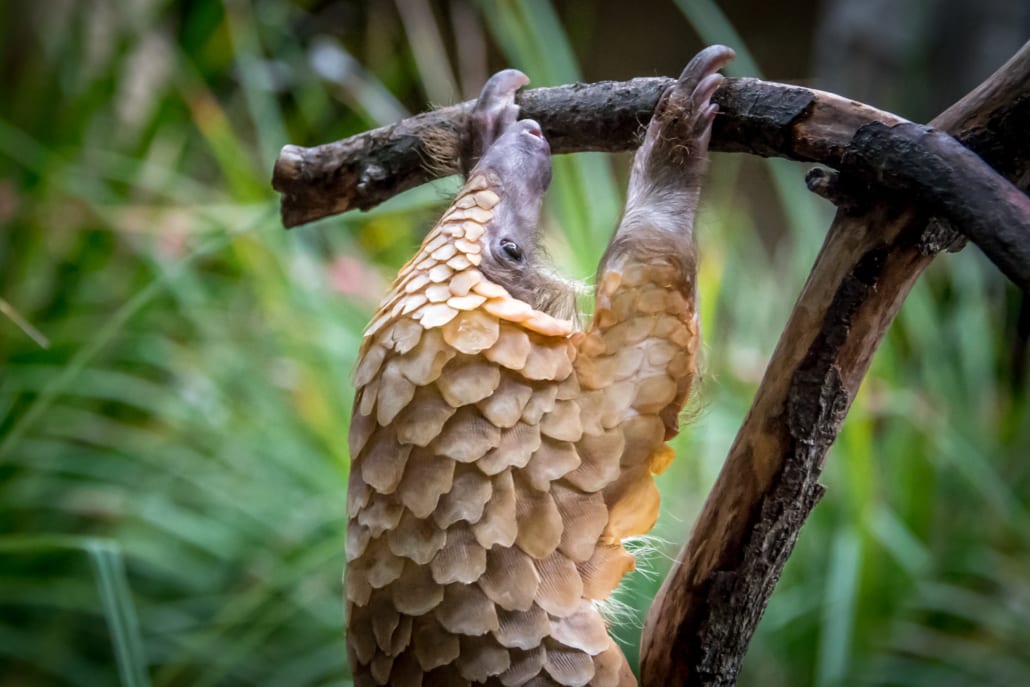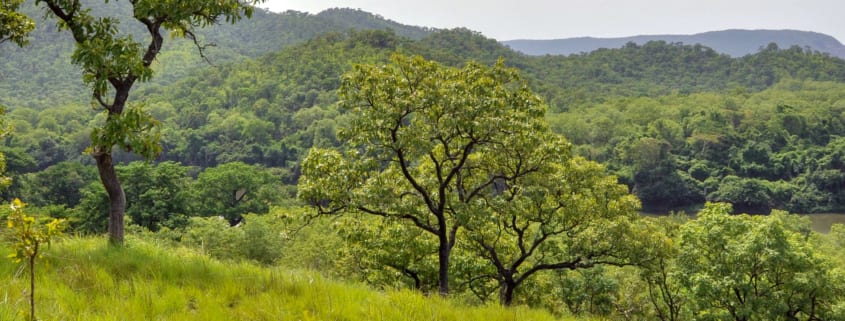Ghana Lost Over Half of Its Rainforest in 2018, Rainforest Trust Refuge Expansion Combats Further Deforestation
According to a new report on the status of the world’s primary forests, Ghana’s rainforest is rapidly disappearing. In 2018 alone, the country saw an alarming 60% decrease in primary rainforest. This was the highest percentage of rainforest loss of any tropical country.
Although the leading threat is unclear, numerous factors contribute to environmental damage in Ghana. Illegal small scale mining causes a massive amount of deforestation. Land clearing for timber exportation is also rampant and hunting puts pressure on native species of various habitats in Ghana’s once-expansive rainforest.

Togo-Volta Highlands. Photo by Mary Brown.
The Ghanaian rainforest has become a conservation priority because of the tremendous habitat loss that threatens its unique biodiversity. In August 2018, Rainforest Trust worked with local partner Herp Conservation Ghana and nearby local communities to designate the Onepone Endangered Species Refuge in the Togo-Volta Hills. The new protected area received its title from the local people’s traditional name. Local communities continue to work with the partner to ensure this project’s long-term vitality. The 847 acres safeguarded the habitat of many threatened species, including the Critically Endangered Hooded Vulture and Vulnerable Black-bellied and White-bellied Pangolins. The Critically Endangered Togo Slippery Frog and the Endangered Ukami Reed Frog, as well as a variety of endemic plants, butterflies and amphibians call these lush highlands home.

The Critically Endangered Togo Slippery Frog. Photo by Michael Akrasi.
But forested areas surrounding the refuge continue to degenerate from human influence. Expanding the Onepone Reserve is necessary for the ecosystem to continue to survive. Rainforest Trust and Herp Conservation Ghana seek $339,596 to safeguard 1,319 additional acres to protect some of the last remaining intact forests in the Togo-Volta highlands. This new protection will further safeguard the reserve’s species and allow them to thrive in perpetuity. Overall, the expanded reserve will protect at least 222 species of plants, 152 birds, 24 mammals, 20 amphibians and 76 butterflies.
Local communities will determine this designation’s success. With the site officially protected, the partner will enable the local population to manage wildlife and reduce hunting. Efforts to restore damaged habitats will provide benefits to the species that reside in this forest, as well as the communities that surround it.

The Vulnerable White Bellied Pangolin. Photo by Helene Hoffman.
Header image: Rainforest in the Onepone Endangered Species Refuge. Photo by Michael Akrasi.





